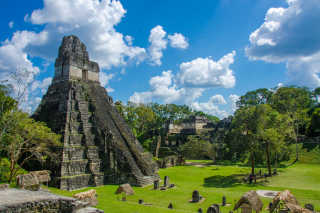The 12 best lost cities in the world
We’ve all seen those Hollywood adventure movies where a billionaire villain tries to find the lost treasure in an underground lost city. Do you know how many lost cities have been rediscovered? Here are the 12 Lost Cities You Must Visit Around the World.
lost cities in africa
1. Thebes – Egypt
Thebes was the capital of the ancient Egyptian Empire and was called Nowe or Nuwe, which means “City of Amun”, named after its main god. Today the city is called Luxor, located on both sides of the Nile River, as was Thebes. In Luxor, you can still find some of the most important archaeological sites, such as the Valley of the Kings, the Valley of the Queens, the Ramesseum (temple of Ramesses II), the temple of Ramesses III and the great temple complex of the Queen. Hatshepsut.

Leptis Magna, located in the southeast of Tripoli, will make you feel like you are in a city during the Roman Empire. It was said to be one of the most beautiful cities in the Roman Empire. It still contains some of the best remains of Roman architecture in the world, including the basilica, one of the grandest buildings ever built at Leptis, a hippodrome, and an amphitheater that seats 15,000 on arched terraces overlooking the sea.
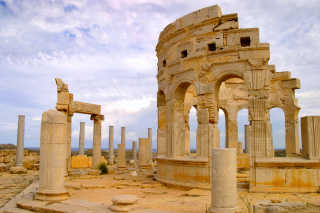
3. Sukhothai – Thailand
Sukhothai is a historical capital of an ancient kingdom of Thailand, it is one of the oldest and most important historical settlements in Thailand. This city is located between Bangkok and Chiang Mai, being easily accessible from both cities. All the ruins of the ancient city are in the Historical Park, with around 200 “wats” (temples) and “chedi” (stupas), which were excavated and partially reconstructed. But one of the temples you must visit is Wat Mahathat, once the largest temple in Sukhothai and where you will find a magnificent Buddha statue in front of a lotus-shaped stupa.
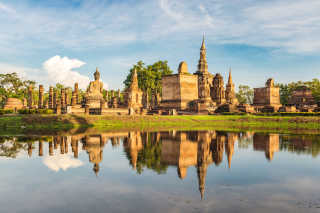
Angkor Wat is a temple complex located near Siĕmreab. This religious complex contains more than a thousand buildings and is one of the great cultural wonders of the world. This temple is said to represent Mount Meru, the Mount Olympus of the Hindu faith, so the place is surrounded by water, just as Mount Meru is believed to be. Angkor Wat is the heart and soul of Cambodia, making it a must-see when traveling to Cambodia.

5. Pompeii – Italy
Pompeii is a preserved Roman city in Campania, located southeast of Naples. In AD 79, an eruption of Mount Vesuvius dumped volcanic debris on Pompeii, destroying everything, and the city was buried under a blanket of ash. But in 1700, the city was rediscovered with remains perfectly preserved thanks to the ash blanket. Today, Pompeii is divided into three main areas: the Forum, the Triangular Forum, and the Amphitheater and Palaestra. Even so, most of the city was excavated so you can wander around and imagine what beautiful Pompeii was like before the
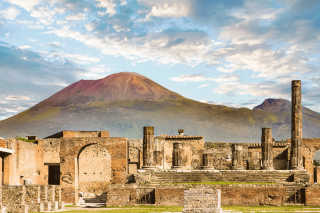
This lost city is said to be the oldest known monumental structure, being older than Stonehenge in the UK, the history of human civilization remains in the secrets held by Gobekli Tepe. Göbekli Tepe, which means “Potbelly Hill” in English, being the first temple ever built, makes it a must-see to travel back in history to the beginning of civilization.

7. Petra – Jordan
The “rose-red city half as old as time,” according to 19th-century English Biblical scholar John William Burgon, was once a prosperous trading center and the capital of the Nabataean empire. Due to the city’s history, today you can see various mixes of Nabataean and Greco-Roman architectural styles, but what makes it so special is that Petra is half built, half carved out of rock, surrounded by mountains riddled with passageways and gorges. . This lost city is one of the most famous archaeological sites in the world, where ancient oriental traditions mix with Hellenistic architecture.
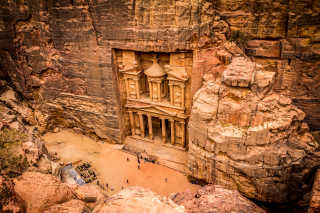
Persepolis is the ancient capital of the kings of the Achaemenid dynasty of Iran (at that time Persia), located in the northeast of Shīrāz. This city was built on an immense half-artificial, half-natural terrace, where an impressive palace complex inspired by Mesopotamian models was created. Persepolis was a spring/summer palace and it was located in a remote place, not even the Greeks knew it existed, until Alexander the Great in 330 BC. C. looted and looted it, and burned it to the ground. The importance and quality of the monumental ruins make it a unique archaeological site.
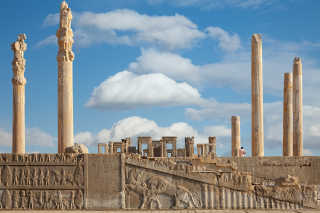
9. Chichen Itza – Mexico
Chichén Itzá is an ancient ruined Mayan city in the south-central state of Yucatán, Mexico. The name Chichén comes from the site’s two large cenotes, making it a fitting location for the city, chi (“mouths”), chen (“wells”), and Itzá, the name of the Mayan tribe that settled there. . This lost city was one of the most important in pre-Hispanic America and is one of the most visited archaeological sites in Mexico. The city is divided into two: Chichén Viejo, where you can find 6 Mayan ruins, and Chichén Itzá, where you can find around 20 Mayan ruins. The main Mayan Ruin is the Pyramid of Chichén Itzá (or El Castillo), but there are other equally important ones such as El Caracol or Observatory, The Temple of the Warriors and the Mayan Ball Court.
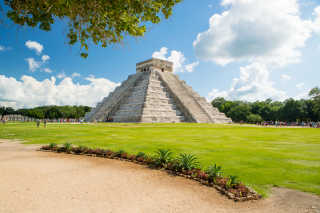
Mesa Verde was built by one of the oldest cultures in the Americas, the Pueblo people. This city was built on the mesas and cliffs of Mesa Verde, Colorado, and the people lived in dwellings carved into those cliffs along a mountain range. Today, the lost city has been turned into a National Park open to visitors to experience what life was like 1,400 years ago for the Ancestral Pueblo people. Here you can not only explore the cliff dwellings, but also enjoy the park’s wildlife.
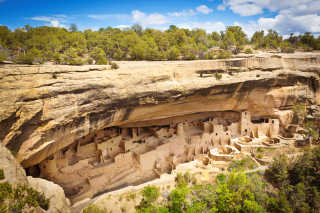
11. Chan chan – Peru
Chan Chan was the capital of the Chimú kingdom and the largest city in pre-Columbian America, now a large city in ruins and abandoned. This lost city is located on the northern coast of Peru. The city center consists of several walled citadels. Each of these contains pyramidal temples, cemeteries, gardens, reservoirs, and symmetrically arranged rooms. This city was enormously rich, but at that time it lacked one main thing: water. Today, Chan Chan is threatened by excess water, which could wash away the city over time. So you must enjoy this lost city as the last and visit it during your next vacation in Peru.

Tikal is the city and ceremonial center of the ancient Maya civilization, but also the largest urban center in the southern Maya lowlands. Today, the lost city has been turned into a National Park, located in what is now the northern part of the Petén region of Guatemala, in a tropical jungle. In addition, it is also part of the one million hectare Maya Biosphere Reserve created in 1990 to protect the dense forests of Petén. The city center alone contains 3,000 buildings and covers about 16 square kilometers, which makes it a nice park to walk around and discover most of the buildings and temples.
